
Cinema and France. Or is it better to say France and cinema? The birth of an infant motion picture dates from 1895, by the French Lumière brothers. But apart from giving rise to the whole foundation of arthouse cinema, including cornerstone films as “Un Chien Andalou” and “À bout de soufflé,” France has also focused its lenses on the world of mystery and crime that emerges somewhere behind an elusive surface of smoke, shadows, and crossing bullets.
The French crime genre, including crime-thriller films and film noir works, was introduced to the audiences during the 1940s, challenging the American film industry which was by the time extensively active in the genre of interest (early American crime movies were created during the 1930s), inserting legendary film directors like Billy Wilder and Howard Hawks.
Yet, the French “policier” cinema has moved through Jean-Pierre Melville’s gangster films and Henri-Georges Clouzot‘s noir universe, influencing the classic masters of the French New Wave and allowing a sonorous overtone on the contemporary cinema. Take a chair, light a candle, grab a cigarette, and let yourself free in the intoxicating misty atmosphere of the 10 following French crime films.
10. Le Samouraï (1967)
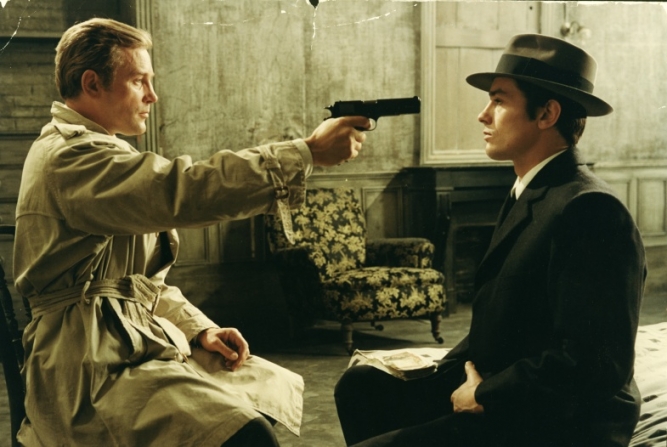
In a grim Parisian apartment, enclosed into its hostile white walls and immersed in its emptiness, Jean-Pierre Melville traced out the symbolic portrait of the absolute professional killer. Emerging on Alain Delon’s flawless beauty, dead stare, and silent yet strong presence, Jef Costello’s character describes the behavioral principles of a past and the nihilistic amorality of the present.
As if existing in a weightless body, freed from the concept of time and personal needs, Jef is the film’s unhesitating solitary “samurai.” Cold and glassy, he embodies a deadly programmed machine. Every single day is dedicated to the plan of hitting a target and moving to the next one, without questions, noise, or sentimental involvement. Such a lifestyle doesn’t allow any free space for esoteric deliberation and emotional settlement.
Costello’s icon, delightfully performed by Delon in one of his best roles, is both a tragic character and an appalling reflection of crime’s rambling world of merciless rush and numbed sentiments. Mirrored in the captivated existence of the small bird that he hosts in his impersonal home, Jef’s heart is imprisoned in the firm bars of his unfair life. “Le Samouraï” is one of the best films ever made, concerning a typical criminal profile.
9. Tell No One (2006)
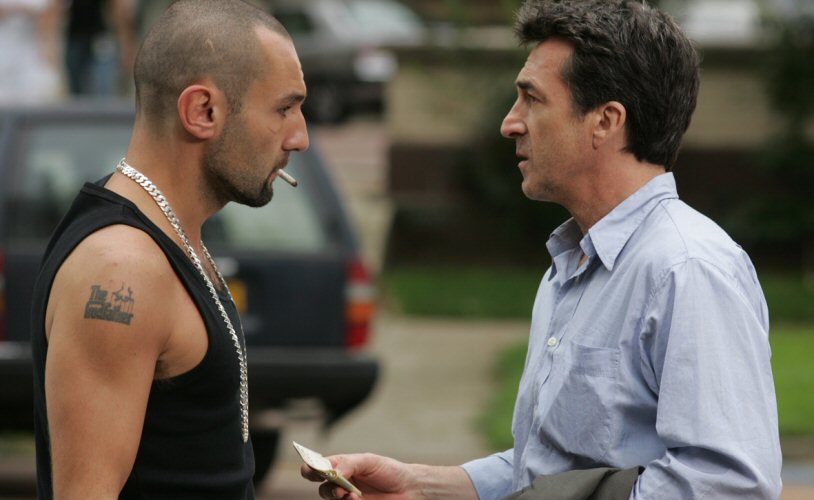
Carrying you away in its occult thoughts and foggy foregone incidents, Guillaume Canet’s 2006 “Tell No One” satisfies the essential intent of a mystery film: it captures the audience in the agony of a riddle. The film is concentrated on its protagonist’s troubled mind, as it’s dominated by a wrecked past, conjuring a script artifice that leads to a totalitarian subliminal engagement from the viewer’s part.
Alexandre is introduced to us while crossing the catalytic line that segregates his happy days from his times of sorrow. He and Margot, his wife and love of a lifetime, swim naked in a lake. This is the very last day of their happiness. She was killed when he was mysteriously left unconscious on the shore. Several years later, Margot’s case is reopened and Alexandre is supposed to be the main suspect.
Deeply alone and constantly miserable, the story’s chased hero is constrained to claim his justification. The police are after him, and there’s nothing better to do but run. Stunningly portrayed, the camera follows Alexandre in a breathtaking course for freedom. “Tell No One,” expressing a Hitchcockian mood, is a tale of exculpation and recovery. Its storyline involves a lot of characters and plot twists. In the end, you’ll find yourself completely absorbed in it.
8. Rififi (1955)
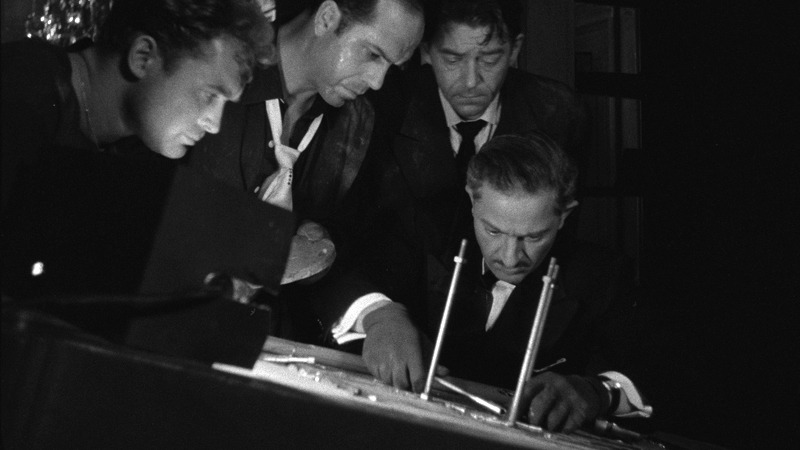
Quite early, Fyodor Dostoevsky proved through his unparalleled prose that a perfect crime could never take place. During the 1950s, Jules Dassin translated some of the ethical and psychological parameters that occur in Dostoevsky’s “Crime and Punishment” in his classic film-noir “Rififi.” Shot in the streets of Paris, Dassin’s cognitive eyes follow four outlaws —three friends and a collaborator— that intend to complete an intricate and overbold robbery.
They all have Italian origins, as if their destiny had foretold a gangster life. Their plan is perfect, as it still hovers in the fantasy sphere. Don Juan Cesar, a man quite familiar with such procedures, is the one to coordinate the crime and destroy its outcome, alternating the profile of a brilliant thief with the character of an enamored puppet of a man. The other three protagonists are as well profoundly synthesized, and described to the bone, during the crime’s course.
The robbery’s execution is the film’s script breakthrough, around which evolves the substantial thematic tapestry of events, ideas, and emotional backdrop. Like in “Crime and Punishment,” the illegal act is there to serve the sacred aim of an existential exposure, and it does so accurately and thoroughly. However, the scheme’s construction has inspired various film directors, especially in modern Hollywood, on different idealistic paths.
7. La Haine (1995)
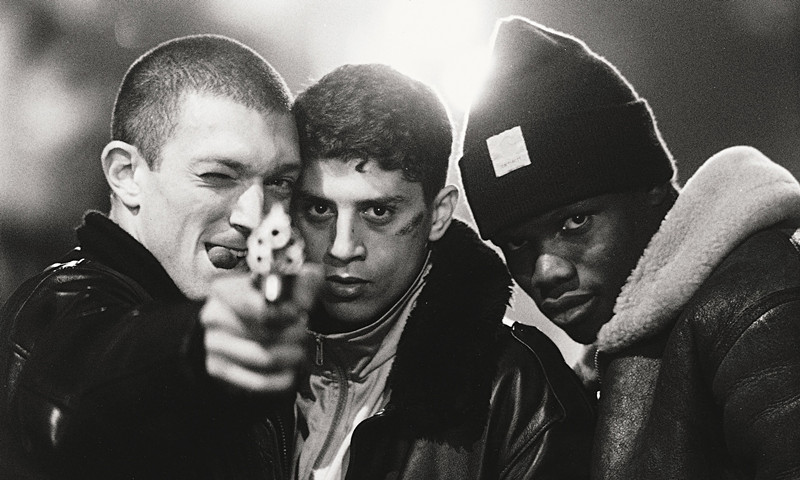
Framed into the cold shades of its black-and-white cinematography, this is not a film about the retro beauty of Paris. Shot at the streets where the gigantic foundation of a sparkly city spreads its shadow, “La Haine” concerns the excluded members of society. Mathieu Kassovitz’s most acclaimed directing work peers into one day in the lives of three ethnically distinguishable young men in the suburbs of Paris.
They city’s distant being seems to be on fire due to the outbreak of riots, while the story’s heroes (a Jew, an Arab, and an African man) stray aimlessly in an industrial suburban area. The setting makes clear that their loosely-hanging societal web suffers, traumatizing people like them through its ignorance. These three boys aren’t troublemakers, or clearly criminally inclined. They just don’t fit in a quite complex community, and thus they have to be silently expelled.
This one day, capturing the entire life of three foreigners who were doomed to stay alienated from life till the end, is a brief story of hate; not the hate of these ignored scapegoats towards their hostile environment, but the hate of our firm societies toward the ones who just seek a place to fit in. Despite the multicultural nature of the modern world, sometimes acceptance and encapsulation seem impossible.
6. Shoot the Piano Player (1960)
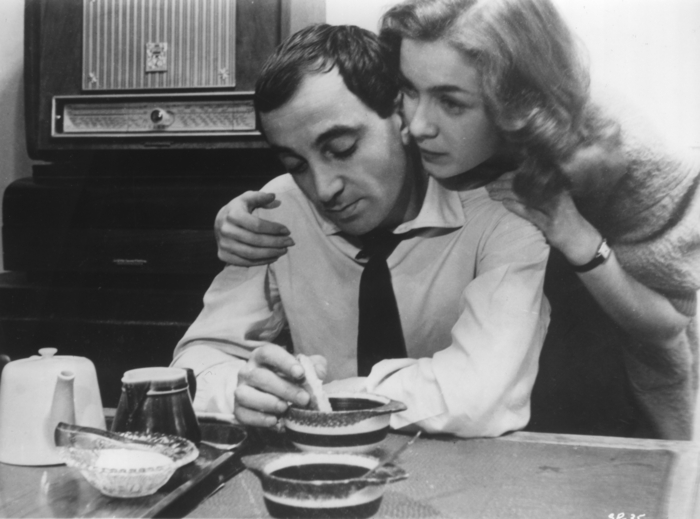
François Truffaut’s second feature film, victoriously surviving in memory’s sights through its intriguing title “Shoot the Piano Player,” after a second analysis reveals a grotesque aspect of life’s contrapositions. It focuses on a pianist, whose past and future would interplay on a self-governed path of destiny, engraving a line of rises and recessions.
Charlie is currently a humble piano player in a bar. His brother, Chico, interrupts his ostensibly peaceful lifestyle when he asks for shelter in order to guard himself against two gangsters that are chasing him. Quite so, Charlie becomes the new target of the criminals who would affect various parameters of his personal life. Eventually, the poor pianist reveals to his mistress the truth of a both glorious and painful past.
In a typical Nouvelle Vague-ish code, this classic arthouse work by the legendary French director treads through the fragile circle of a diverse life. It sometimes shows less and means much. And then, it sometimes is boldly exposing. In this game, the main hero is more of a puppet in the center point of a target boarder than a player, and it’s his precarious moments before a bullet stings him that Truffaut describes here.